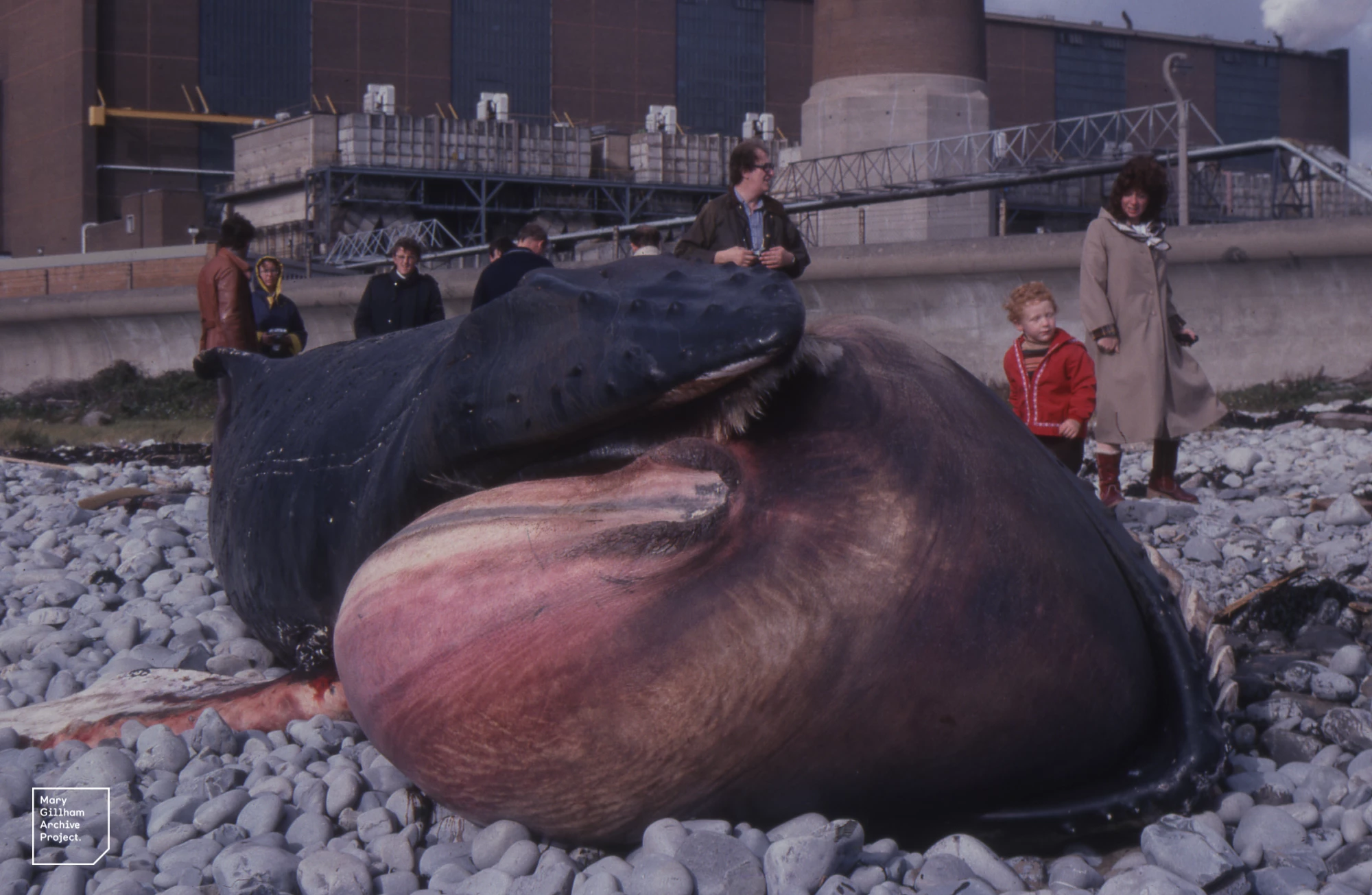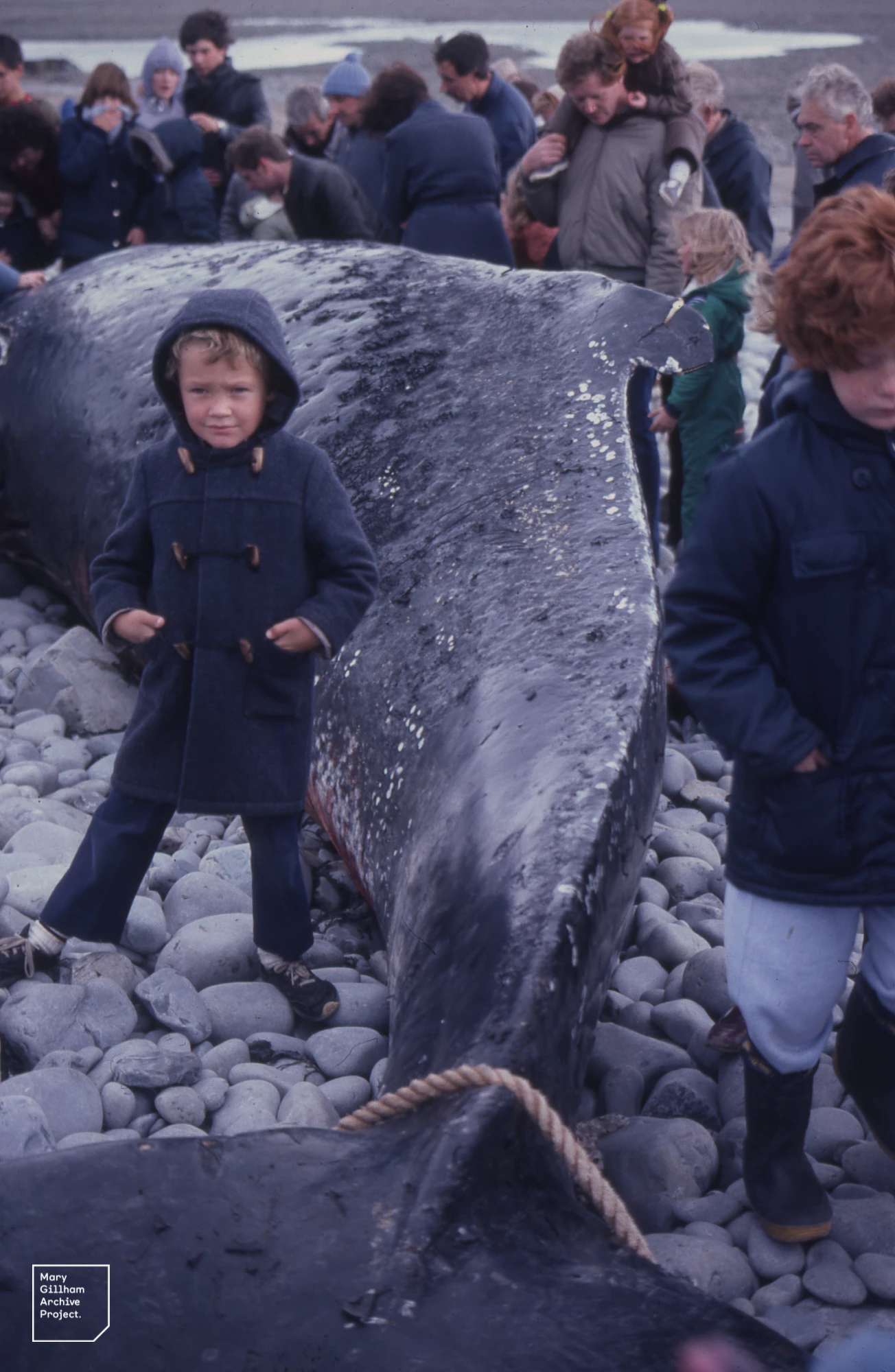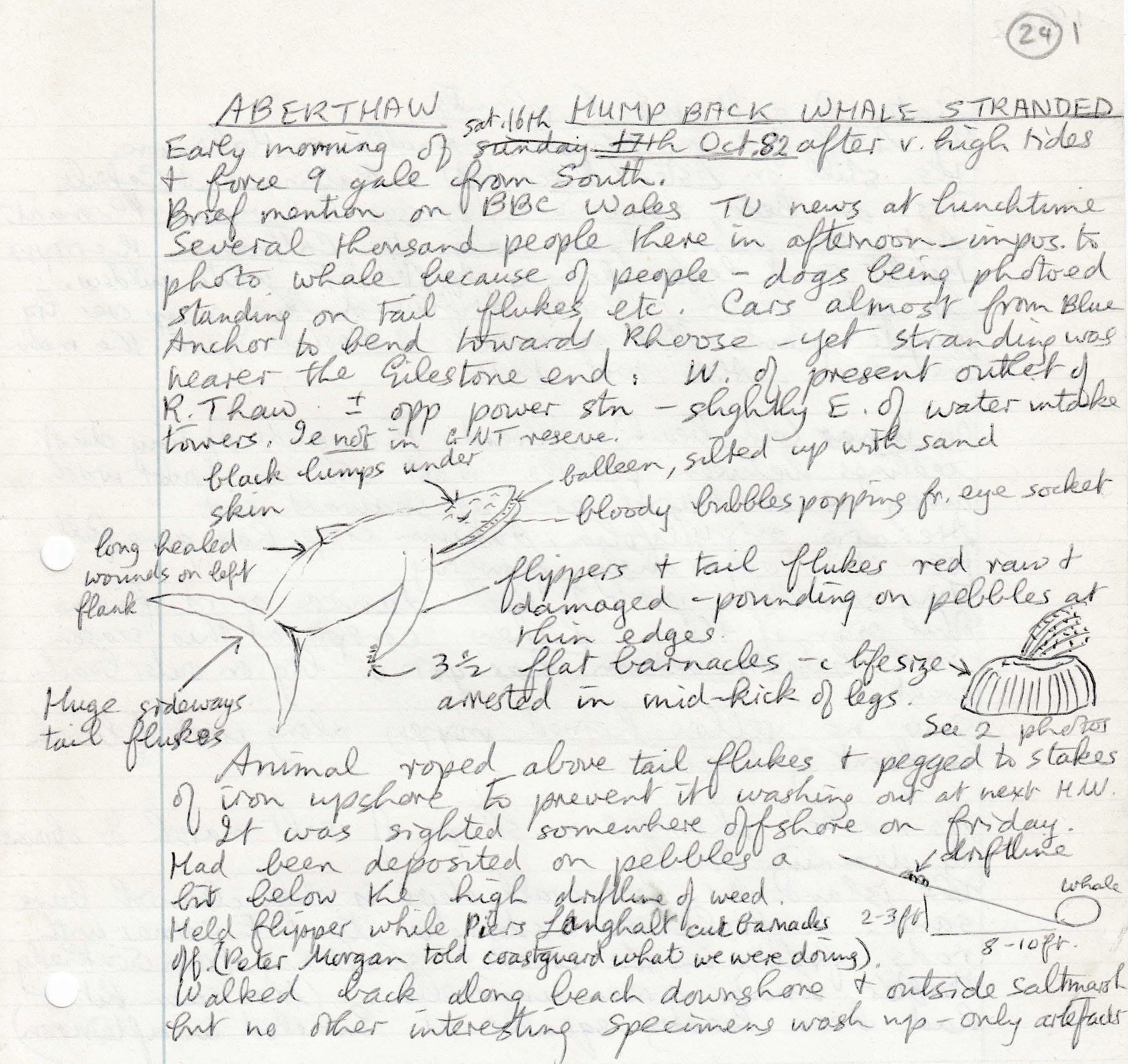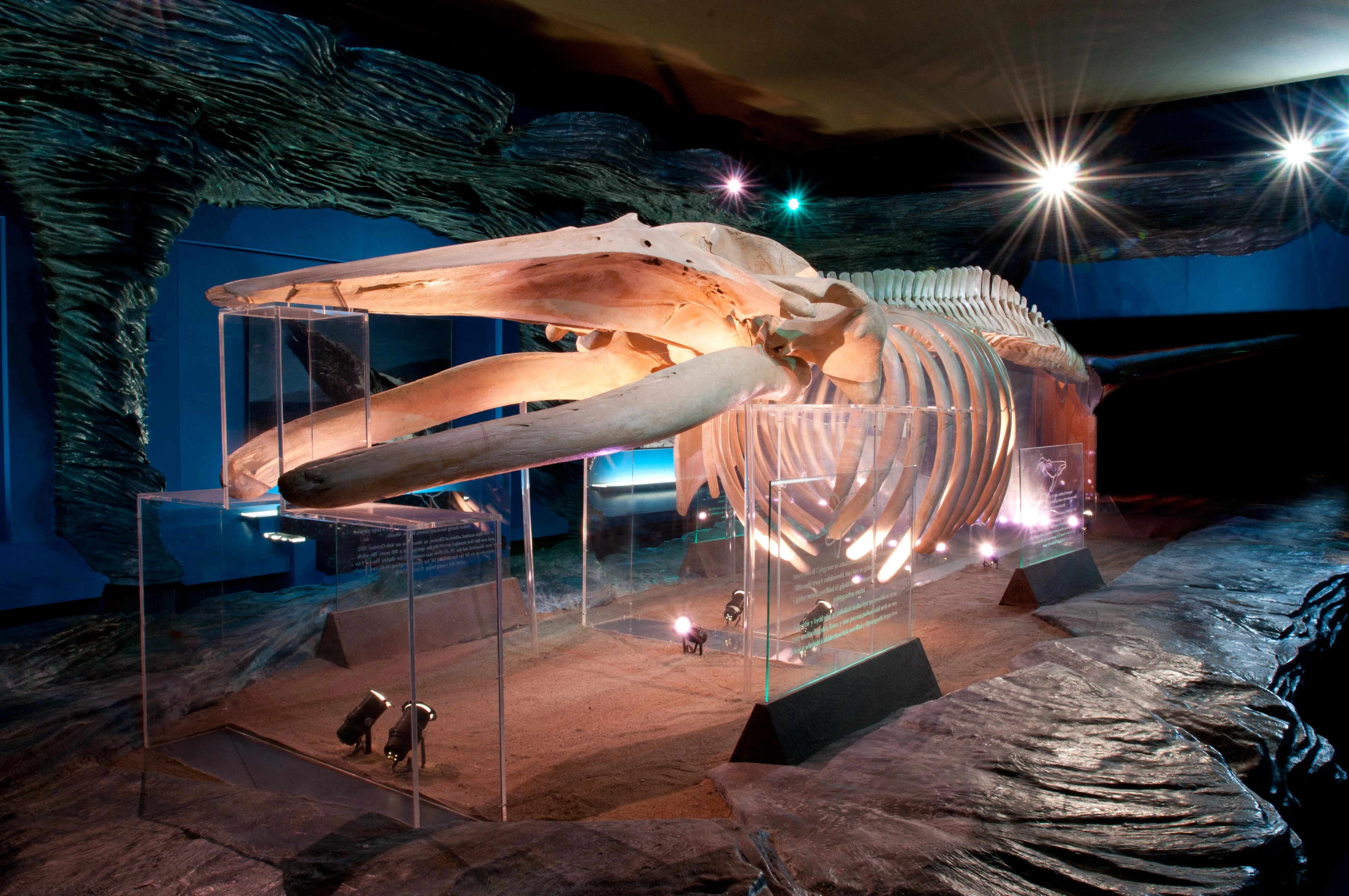West African Worms that Dig
, 30 Ionawr 2017
I have been specialising in a group of marine bristleworms called magelonids for the last 17 years. Magelonids are known as shovelhead worms due to their distinctive spade-like heads that they use to dig in the soft sediments in which they live. Shovelhead worms have a world-wide distribution, generally living in shallow waters, although a few deep water species are known. I study the taxonomy of the group - a branch of science concerned with the classification of all living things, involving describing species, some which may be new to science. Principally I have worked on specimens from Europe, the Indian Ocean and the seas surrounding the Arabian Peninsula. However, more recently I have also been studying the behaviour of this fascinating group, investigating how they feed, burrow and move etc.
I was invited to colloborate with the University Museum of Bergen (UMB), Norway back in 2013 to work on shovelhead worms from Western Africa. The project, The Marine Invertebrates of Western Africa aims to investigate seabed samples from the West African continental shelf from Morocco to Angola. Very little is known about the shovelhead worms of this region, with only three species currently described, all from South Africa. Therefore I visited the lab at UMB to work with the team back in 2015 on MIWA material. The results from that trip were very exciting and approximately 20 different species of shovelhead worms were found in the material, many of which were likely to be new to science. Whilst work on these specimens carried on back at National Museum Cardiff, it was felt that it would be beneficial to re-vist Bergen to carry on the colloborative work. So consequently UMB invited me back to work with them once more this January. So for the last two weeks I have been studying more material from the region in order to find specimens for DNA analysis. DNA (Deoxyribonucleic acid) is found inside every cell of every living thing and is different in every individual. We can use DNA analysis to see the difference between very similar looking animals and thus we can see whether animals belong to the same or different species. We can then compare this information to what the species looks like (morphology). We have now selected 74 specimens which will be sent off for DNA sequencing and hopefully the results from that will come back shortly.
In the mean time work will begin on drawing, describing and imagining all the shovelhead worms from Western Africa. It is likely that there will be many new species within these samples, so we will need to decide on names for all of them and these will then be published in scientific papers. Once published this information will be used for example, by people monitoring the health of the seabed within this region.
To read more about the work on MIWA shovelhead worms click here





